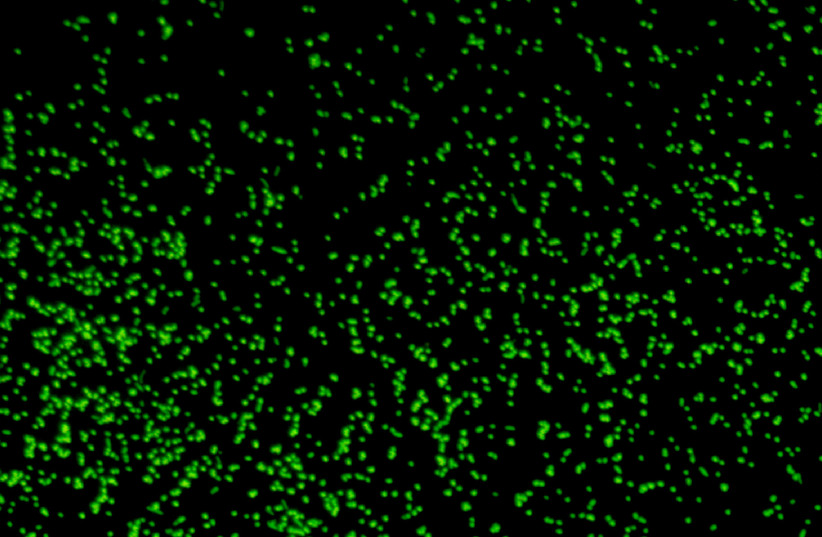Rutgers researchers find protein structures linked to origins of life - study
The research sheds new light on the origins of life on Earth and may help in the search for alien life.
The team attempted to find similarities between every known protein
structure that binds metals, assuming that these similarities would
have been found in early proteins and eventually passed down to proteins
that currently exist.
In
order to determine how traits were passed down from early proteins to
currently-existing ones, the researchers developed a computational
method and learned that most existing proteins are very similar,
regardless of which metals they bind to or other factors.
Microbes revived from 101.5 million-year-old sediment cores gathered from deep beneath the seafloor under the Pacific Ocean are seen in an undated magnified image released by the Japan Agency for Marine-Earth Science and Technology (JAMSTEC) in Kochi, Japan July 28, 2020. (credit: JAMSTEC/HANDOUT VIA REUTERS)
Bromberg
noted that the structures of metal-binding proteins were "often made up
of repeated substructures," similar to LEGO blocks, adding that the
substructures were present not only in the metal-binding cores of the
proteins but also in other proteins that the researchers had not even
considered.
"Our
observation suggests that rearrangements of these little building blocks
may have had a single or a small number of common ancestors and given
rise to the whole range of proteins and their functions that are
currently available -- that is, to life as we know it," Bromberg added.
Bromberg
said the findings contribute to a previously unknown explanation for
how life began on Earth and could even help in the search for
extraterrestrial organisms and in the field of synthetic biology.
THIS PAGE WAS POSTED BY SPUTNIK ONE OF THE SPUTNIKS ORBIT BLOG
PLEASE RECOMMEND THIS PAGE AND FOLLOW US AT:



No comments:
Post a Comment
Stick to the subject, NO religion, or Party politics